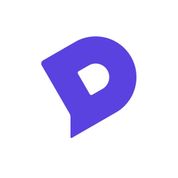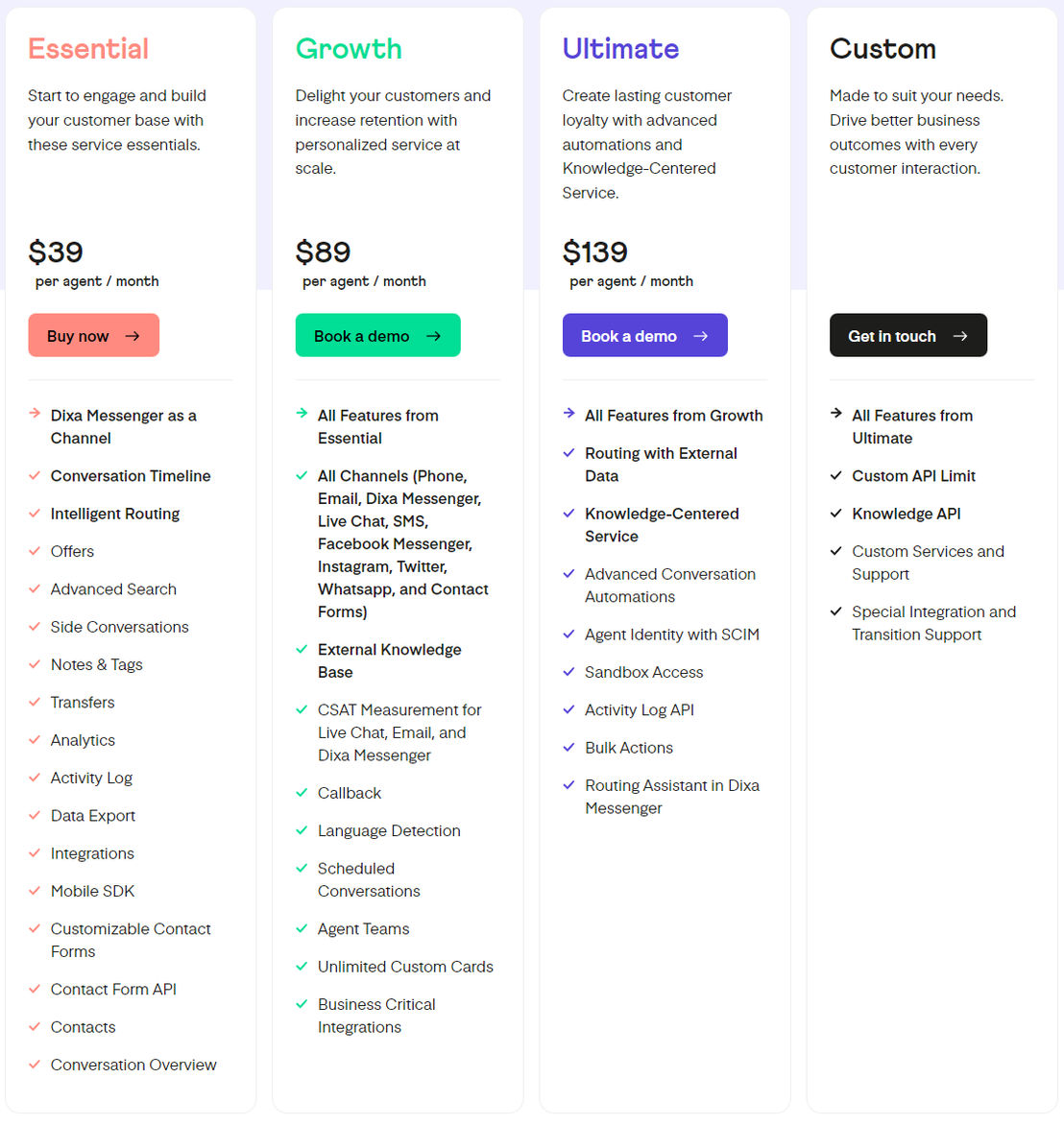Dixa is a Help Desk Software. Dixa offers Incident Management, Social Media Integration, Multi-Channel Communication, Macros (Templated Responses), Customizable Branding and many more functionalities.
Some top alternatives to Dixa includes Zendesk Support, Zoho Desk, Tidio Helpdesk, Zendesk Talk and Zendesk Chat.
Some free alternatives to Dixa includes Zendesk Support, Zoho Desk, Tidio Helpdesk, Zendesk Talk and Freshservice.
Yes, Dixa provides API.
No, Dixa doesn't provide mobile app.
Dixa is located in Copenhagen, Denmark
Dixa offers Free Trial, Subscription, Quotation Based pricing models
Yes, Dixa can integrate with Jira, Salesforce, HubSpot CRM, Pipedrive and many more.You can find more integration for Dixa here
The starting price of Dixa is $39/User/Month



















































